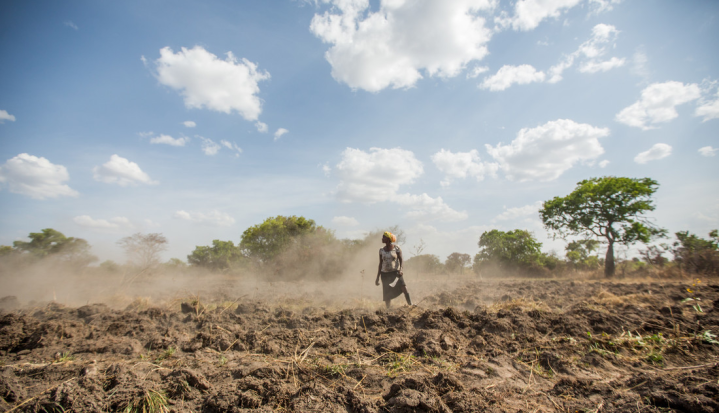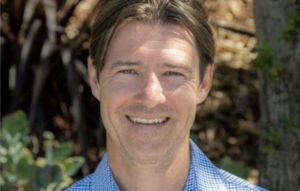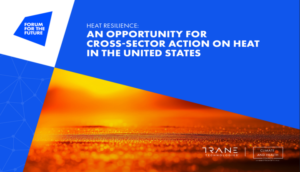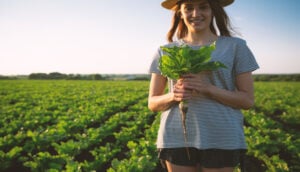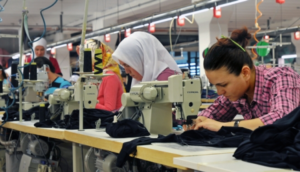“My message to the world: I want to tell people to stop wasting resources and I would like to find an opportunity to teach them the importance of managing resources such as water. In as much as men and women are all affected by the drought, women are more affected.
… If [my child] comes home and says ‘I am hungry’ my husband will not be at home. I am the one who has to deal with the hungry children. And as women, we are the overseers. I sleep last and children and men eat first and I will eat after they have been fed….
It’s very painful to see the crops fail. After investing in crops and having nothing to harvest, it’s really painful.” –Moreladies, Zimbabwe
Moreladies is one of billions of people impacted by climate change, and she tells a story that the data echoes in countries around the world. The impacts of climate change are increasingly obvious, with 2023 as the hottest year on record—by far. Weather extremes are the main driver of hunger in 18 countries where 72 million people are facing acute climate change. In CARE’s research with women, 4 out of the 5 main crisis women reported in 2023 were linked to climate and extreme weather.
The impacts of climate change are also profoundly unequal. Climate change causes women to work 55 more minutes a week than men. Heat stress and flooding widen the income gap between men and women by $53 billion every year.
Climate impacts hit food security hard and last for years. New research shows that the impacts of extreme weather events and disasters predict lower food security for people for up to 5 years. That’s true not just if you have experienced the shock yourself, but also if you know people who’ve experienced extreme weather. Shocks have impacts across whole communities, and the road to recovery is long and slow.
This is a problem we can solve, but we have to think bigger
What can we do about it?
Build inclusive leadership: “If there are no women involved, then there will be no successful solutions. And solutions are needed towards the future. Considering that the destruction of the earth is caused by human beings, the solution is in our hands.” –Raquel Vásquez, Guatemala
As Raquel points out, women’s leadership has to be a part of the solution, but it is too often overlooked. This is especially true in local response plans. The research demonstrates that men who are confident that the local government can handle a disaster are less hungry; but this is not the case for women. The fact that local disaster preparedness is associated with less hunger for men is good, but it also highlights that these positive impacts are not felt by half of the population. It shows a clear need to ensure that disaster response plans actively include women all the way to the local level so that women are not left behind in local disaster preparedness.
Treat women as leaders and as part of the solution: When women are part of preparedness planning changes the results when disaster strikes. In the wetlands of northeast Bangladesh, Lucky Akter is now serving as a Disaster Risk Reduction (DRR) community leader. In this role, she facilitates anticipatory planning and disseminates early warnings for the increasingly intense monsoon season that brings flash floods to her community of 100 households. Lucky is part of a network of nearly 3000 DRR leaders (67% women) trained by CARE Bangladesh, all of whom are working to protect crops, assets, and lives that are threatened by climate change. Elevating the voices and expertise of women like Lucky, and supporting their adaptation efforts, should be central to all climate response strategies.
Community-based adaptation planning at the local level—when done in an inclusive way that brings together community members, women, and young people with scientists and government officials—results in a $4 return for every $1 invested in planning for climate events.
Invest in people’s—especially women’s—ability to cope with crisis. When massive flooding hit Malawi in 2015, researchers estimated that every $1 invested in savings groups to help people prepare for crisis resulted in $29 of returns over 10 years—more than 3 times what projects that didn’t invest in this were able to deliver.
This article is part of our Climate Justice Series 2024. Explore our Climate Justice Community Forum Insights paper and discover other insightful articles and podcasts from our global community, published during COP29.
